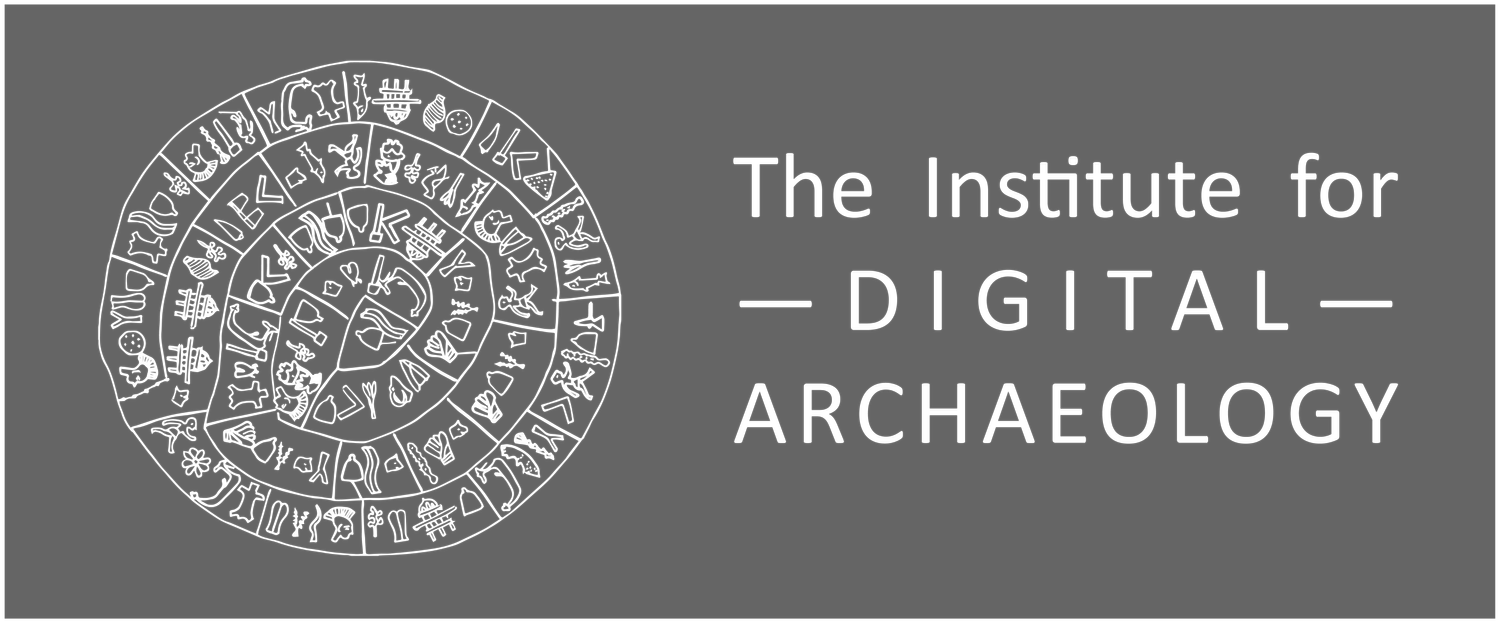Keats and Shelley Bicentennial
Enjoy this commemoration of the bicentennial of Keats' death featuring Poet Laureate Simon Armitage, Scarlett Sabet, Lord Charles Spencer, the BBC's John Simpson, Del Amitri's Iain Harvie—and CGI Keats himself!
Oxford Experts Resurrect John Keats for Bicentennial
Learn more about the project in the Telegraph, Euro News, Oxford Mail, Daily Mail, The Guardian, Tatler, La Stampa, Observador, and the Keats-Shelley Memorial Association.
After blazing a spectacular but all too brief trail across the English literary landscape, Keats died in Rome on February 23, 1821—the 24th is etched into his grave marker—where he had gone hoping the Mediterranean sunshine would ease his tuberculosis. The poet was only 25, but awareness of his impending death, partly thanks to his medical training, inspired some of his greatest works, including his final poem, “Bright Star.”
“Bright Star,” written for fiancée Fanny Brawne, was recited on the anniversary by a virtual reality Keats during a live-feed from the very room in the Keats-Shelley House—just beside the Spanish Steps—where he died. Not only was his appearance resurrected by animators, but his voice and diction were meticulously recreated by a dedicated posse of experts, as well.
The author of odes to a nightingale and a Grecian urn died too young and still too unknown to have had many portraits painted of him. However, both life and death masks of the poet survive, as well as two miniature portraits. Scans of these have been painstakingly combined by the IDA to produce a highly accurate 3D model of the poet’s features.
Roger Michel, the IDA’s Executive Director who did much of the research that has brought Keats back to life, said: “Capturing his appearance was less of a problem than expected. We had very high-quality sources, including miniatures painted from life. In those days, miniatures were executed in a photo-realistic style—they were the photographs of the era.”
Getting Keats’ clothing just right was tricky since anecdotal accounts suggest that he adopted a more continental style during his four months in Italy, which included discarding the typical stiff English stock tie. According to the IDA’s Michel: “If you look at the far more numerous surviving images of Shelley and Byron, who both went to Italy at the same time as Keats, their dress was very much affected by continental styles. It’s just like today—if you go to Hawaii on vacation you might buy a Hawaiian shirt. Keats was in Rome and started doing what the Romans did.”
Most difficult of all, according to Michel, was nailing Keats’ famous London accent—he was disparagingly relegated by critics to the “Cockney School”—accused of “low diction” for “inelegant” rhymes like “thorns” and “fawns.” The early 19th century was the beginning of the strong association of speech with social class. Keats stood out for his common accent amid Oxbridge contemporaries, Shelley and Byron. One 19th century critic called him a “vulgar Cockney poetaster.”
For help with pronunciation, the IDA turned to linguistic historian Dr Ranjen Sen of the University of Sheffield. According to Sen, “Keats’ accent would have had distinctive features, including emphasizing the final ‘t’ in words like ‘fat,’ ‘cat,’ ‘sat,’ and ‘mat’ in a way that would sound exaggerated to modern ears.” Sen added that Keats’ Cockney accent would not have been recognizable to Londoners of today. “He certainly pronounced ‘l’ in words like ‘pool,’ ‘cool,’ ‘fill,’ ‘pill,’ unlike modern-day Cockney’ ‘coow,’ ‘piw,’ etc. To modern ears his accent would have sounded all over the place, a bit northern, a bit west country.” All of this was factored into the voice patterns of the IDA’s CGI Keats.
Rounding out the re-creation team is Broadway legend, Marc Kudisch, who will provide the underlying voice samples from which the CGI Keats’ voice will be created.
In addition to the CGI reading, other events marking the bicentenary have included a virtual tour of the Keats-Shelley House led by Keats enthusiast Bob Geldof and brand-new poems, inspired by Keats, commissioned by the IDA from UK Poet Laureate Simon Armitage and rising poetry star, Scarlett Sabet.

